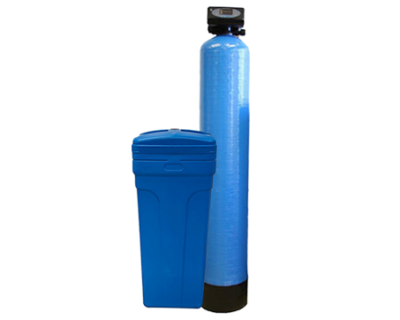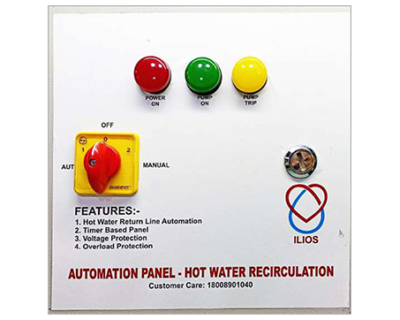
Selecting the Perfect Manhole Cover: A Practical Guide
Choosing the right manhole cover can be a difficult task, especially if you’re not dealing with them on a daily basis. However, picking the correct manhole cover is very important. Manhole covers come in different shapes, sizes, and materials, and choosing the wrong one or failing to replace a damaged cover can end up costing you more than you expect. This guide will walk you through the key things to consider when selecting the right manhole covers for your needs.
What Are Manhole Covers?
Manhole covers are solid, heavy-duty covers that are used to seal manholes. Manholes are openings that lead into underground drainage systems, water pipelines, and other utility networks. The purpose of a manhole cover is to provide safe access to these underground systems for maintenance or repairs while keeping the area secure from any accidental falls or debris entering the hole.
Manhole covers are built to handle different conditions. Some are designed for high-traffic areas like streets and highways, while others are more suitable for pedestrian areas, parking lots, or residential gardens. The choice of material, shape, and size will depend on where the cover is going to be used and how much weight or pressure it needs to support.
Why Choosing the Right Manhole Cover Matters
Selecting the right manhole cover may seem straightforward, but if you choose the wrong one, you could face significant problems down the road. The incorrect size or material could lead to accidents, faster wear and tear, and even legal issues. Furthermore, replacing a manhole cover that doesn’t fit well or cannot support the load it’s meant to handle can be costly. Let’s look at the key factors to consider when choosing the right manhole covers.
Factors to Consider When Choosing Manhole Covers
Material
Manhole covers are typically made from cast iron, ductile iron, or composite materials. The material you choose will largely depend on where the manhole cover will be placed and how much weight it will need to bear. Here are the common materials used for manhole covers:
Cast Iron: Cast iron manhole covers are strong, durable, and often used in high-traffic areas like roads and highways. They are built to handle heavy vehicles without cracking or breaking.
Ductile Iron: Ductile iron covers are stronger than traditional cast iron covers and are resistant to corrosion. This makes them ideal for areas with high traffic as well as places where water or moisture is a concern.
Composite Materials: These are becoming more popular due to their lightweight nature and resistance to rust and corrosion. Composite manhole covers are easy to handle, yet still strong enough to withstand moderate loads. They are often used in areas with lighter traffic or in pedestrian zones.
Load Capacity
Manhole covers come with different load-bearing capacities depending on the type of traffic they need to withstand. The load rating of a manhole cover refers to the amount of weight it can handle without being damaged. The European standard for manhole covers is classified into different load ratings:
A15: Suitable for pedestrian areas, where the maximum load is 1.5 tons. These covers are often used in parks, gardens, or walkways.
B125: Designed for light traffic areas like parking lots, driveways, or residential areas. These covers can handle up to 12.5 tons.
C250: Commonly used in areas with slow-moving traffic such as service stations or car parks, where the load capacity is up to 25 tons.
D400: These manhole covers are meant for heavy traffic areas such as city streets, highways, or industrial zones. They can handle up to 40 tons of weight.
E600 and F900: These are for extremely high load-bearing applications, such as airports or ports, where load capacity needs to be between 60 to 90 tons.
Choosing a manhole cover with the correct load rating is crucial for safety and durability.
Size and Shape
Manhole covers come in various shapes and sizes. The most common shape is round, as it ensures the cover will not fall into the manhole. However, square or rectangular covers are also used in some situations. The size of the manhole cover is determined by the opening it needs to cover, and it’s important to measure the diameter or dimensions accurately before purchasing a cover.
Security Features
In some areas, manhole covers may need added security features to prevent unauthorized access or theft. Locking mechanisms or tamper-proof designs are often installed in places where sensitive infrastructure, like telecom or power utilities, is located. In high-crime areas, some manhole covers are even designed to be theft-resistant to avoid them being stolen for scrap metal.
Weight
The weight of the manhole cover is also a factor to consider. Heavier covers, such as those made of cast iron, are harder to lift and move. This can be an issue if the cover needs to be removed regularly for maintenance. On the other hand, lighter materials like composite covers are easier to handle but may not be suitable for areas with heavy traffic.
Anti-Slip Surface
Many manhole covers are designed with anti-slip patterns on their surface to prevent accidents, especially in wet or icy conditions. This is an important feature for covers placed in pedestrian areas or places that see a lot of foot traffic.
Conclusion
Choosing the right manhole cover is essential for safety, durability, and cost-effectiveness. By considering factors like material, load capacity, size, security features, and weight, you can ensure that the manhole covers you select will serve their purpose effectively. Remember that investing in a high-quality cover suited to its environment will save you from future costs associated with accidents or frequent replacements.




